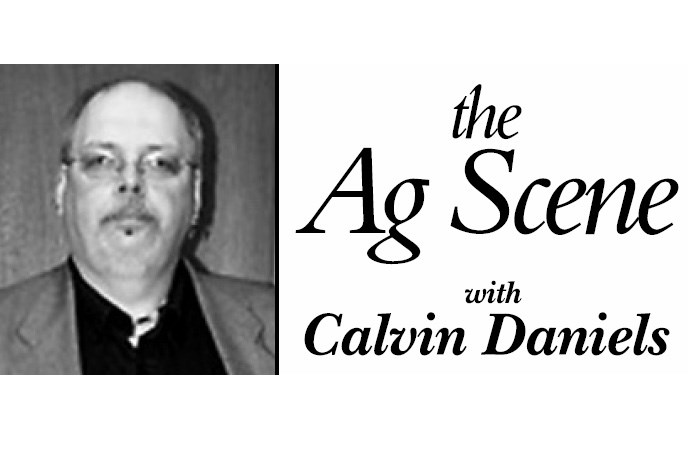Farming and wildlife have not always had the best of relationships. It often comes down to having two realities with divergent needs.
A duck needs a wetland to nest near. That wetland is often seen as acres which contribute little to the farm, and so there is a desire to drain the water so that the land can be cultivated to grow a crop.
Geese are often seen as basically an avian locust descending on swathed crops in the fall for a feed of grain – grain lost to the farmer, again impacting how much crop is ultimately sold.
Deer like bush. Again, woodlot areas on a farm is land not growing crop. When it comes to pastureland, cattle can cohabit with wildlife more easily, but even then there are instances when farmers view wildlife as a nuisance at best, and a problem at worst.
Coyotes are not beloved if ranching sheep, as the wild canines can easily develop a taste for lamb chops on the hoof. Gophers might be cute little critters, but their burrow holes can be places for cows to injure legs.
And the list goes on, of possible scenarios where what is good for farming is not good for wildlife and vice versa. It is in fact a long list, and finding some level of balance has never been particularly easy. In the past the situation was one where wildlife was at best a second thought. Habitat fell before the axe, the dredge and the plow, with little worry regarding its impact on ducks, deer, or any other wildlife.
Today, that view has been moderated, somewhat at least, thanks in large part to raised awareness through various programs.
One such effort is Operation Burrowing Owl (OBO), a Nature Saskatchewan program launched in 1987, which protects burrowing owl habitat from cultivation, increases awareness of the owl, supports landowners, and monitors population changes. Landowners voluntarily agree to conserve grassland habitat for burrowing owls and other prairie wildlife.
In the case of the burrowing owl, support for habitat is high because the birds are a threatened species, and their habitat range is somewhat limited.
It is easier in general terms to build support for a more clearly defined project like protecting a singular species. However, no species exists in the wild in isolation of others. There is always interaction in nature.
In the case of the burrowing owl, it needs burrows created by badgers or gophers in which to nest. They cannot create nests themselves.
Remembering burrows are a danger. Owls are still not likely the most loved residents in a pasture, but ranchers have come to understand they have to be caring stewards of not just the land, but the natural residents too.
It is something a growing public consciousness demands, and farmers and ranchers are part of that process.
There is still the question of whether farmers should bear the cost of maintaining a slough or woodlot alone, or whether the larger public should contribute in terms of covering the lost revenue of those idle acres to answer. But as that unfolds, wildlife and farmers are finding ways to coexist. That is an important change from the not-so-distant past.




